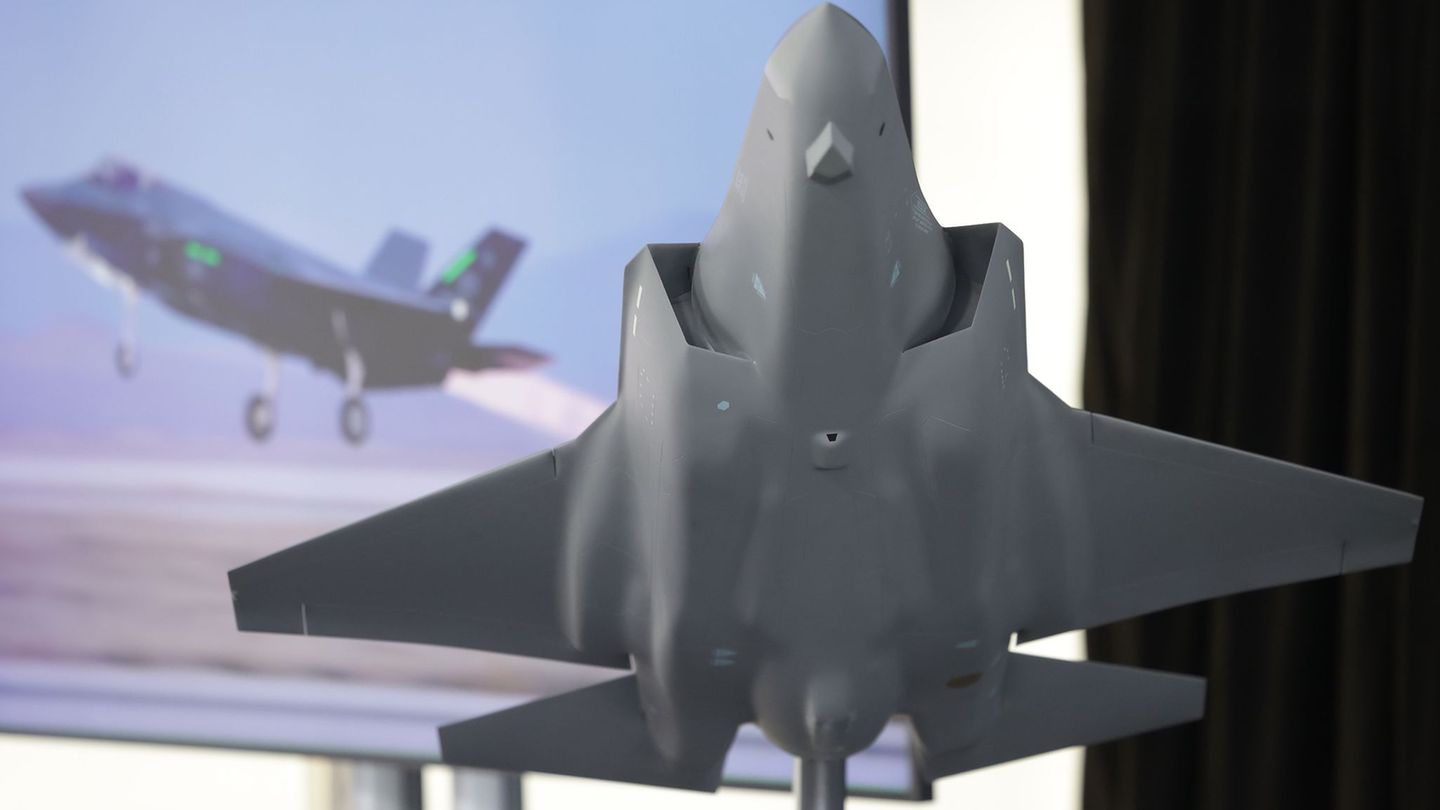
Sunday, 5 a.m. in St. Georgen near Salzburg. A local train driver finds the injured owl lying on the tracks. The man takes the weakened bird to Pfotenhilfe animal sanctuary, where it will be identified as a long-eared owl and will be x-rayed by an orthopedic surgeon on Monday. He diagnoses an ulna fracture, but there is a good chance that the wing will grow back together in a few weeks.

“What is important now is absolute stall rest while I feed the owl. In two weeks, a control X-ray will be taken to monitor the healing process,” says Pfotenhilfe boss Johanna Stadler, hoping for a speedy recovery: “The fracture must heal properly. When the long-eared owl is fully recovered, we can release it back into the wild.” However, no longer near the train, because the nocturnal bird is likely to have collided with the last train late on Saturday evening.
The Pfotenhilfe wild animal sanctuary in the Salzburg/Upper Austria border region takes care of hundreds of injured or orphaned wild animals every year and releases most of them back into the wild. Only if birds, such as swans, remain unable to fly due to a wing amputation, are they allowed to enjoy the rest of their lives protected from enemies in the care of the paw helper with full board.
Animals need a lot of body heat
However, it is important to the animal rights activists that their advice is followed when a wild animal supposedly in need of help is found. “Most orphans need a lot of warmth – and by no means does that mean room temperature, but at least their own body temperature,” says Johanna Stadler. Erratic boulders are usually unable to create and maintain these themselves. Therefore, it must be supplied by external heat sources. This can be done with hot water bottles or direct physical contact. Hypothermia can kill faster than a lack of food. “In addition, an injured animal can only be fed when the body temperature is appropriate,” warns Stadler.
The long-eared owl
The long-eared owl (Asio otus) reaches a body length of 35 to 37 cm, the wingspan is between 90 to 100 cm; their weight is between 200 and 400 grams. A typical distinguishing feature is their long feather ears, which, depending on their mood, stand steeply upwards, at an angle of 45 degrees or are laid against the body when they are not alert and when they are flying.
Source: Nachrichten




